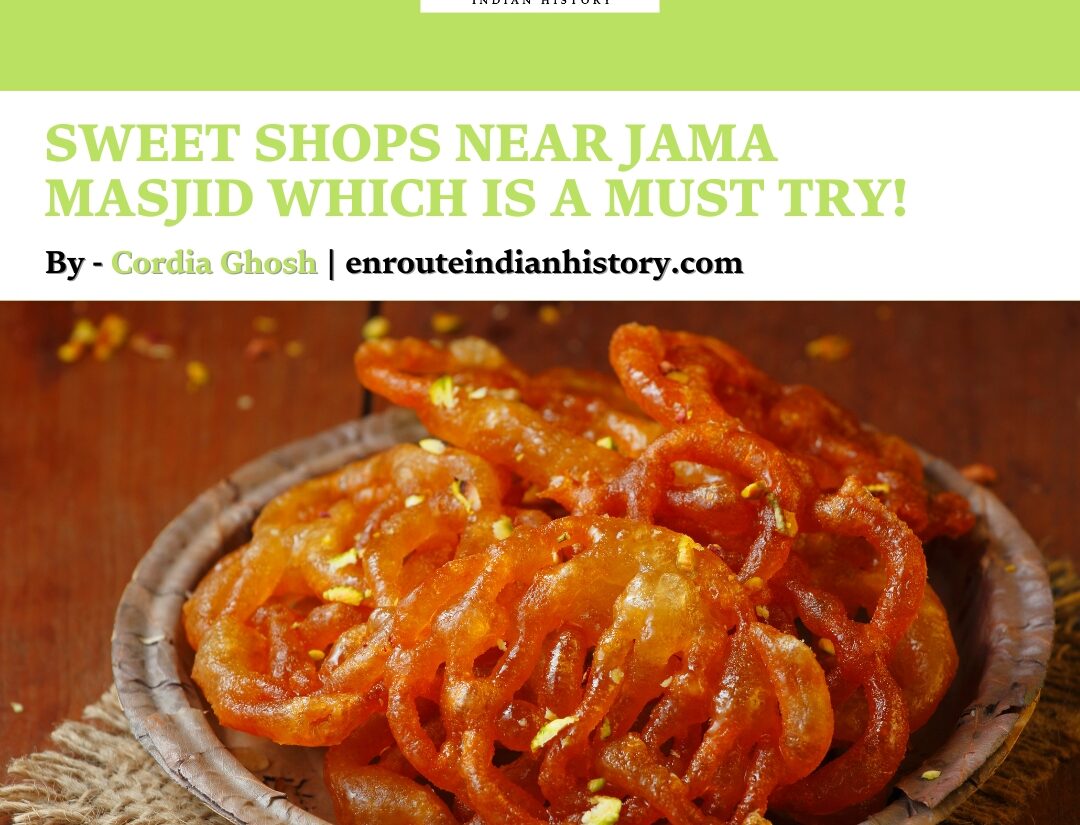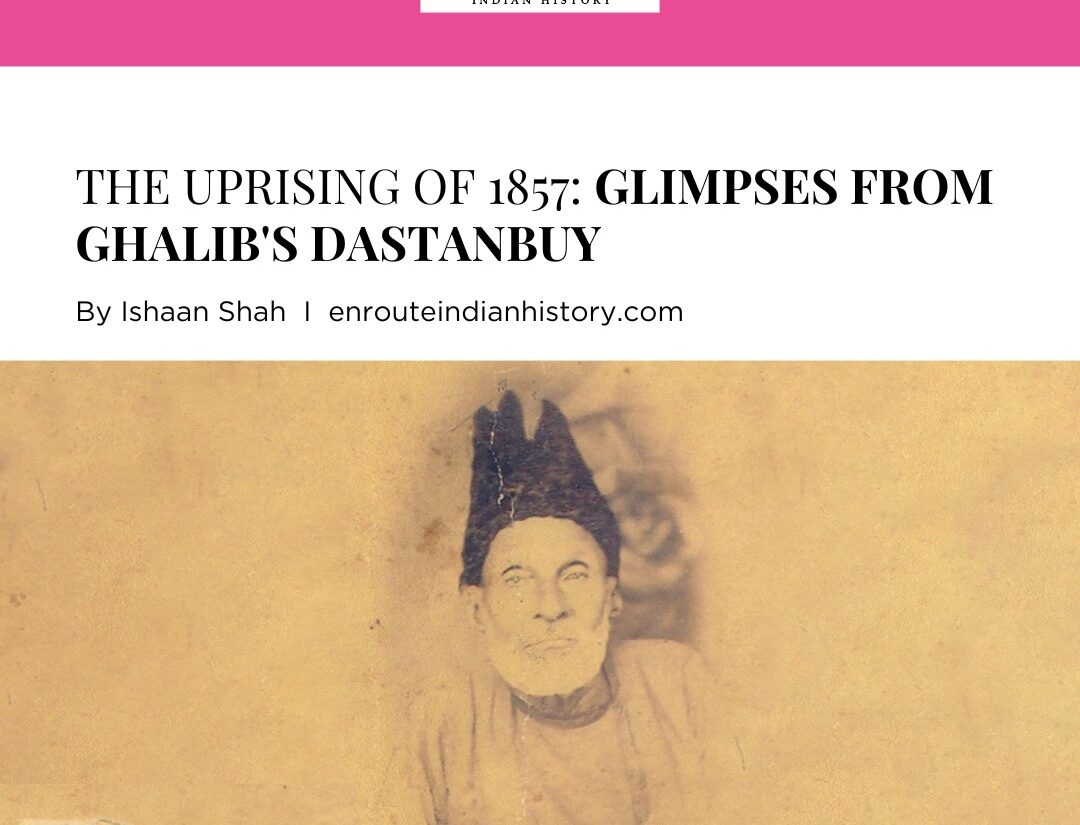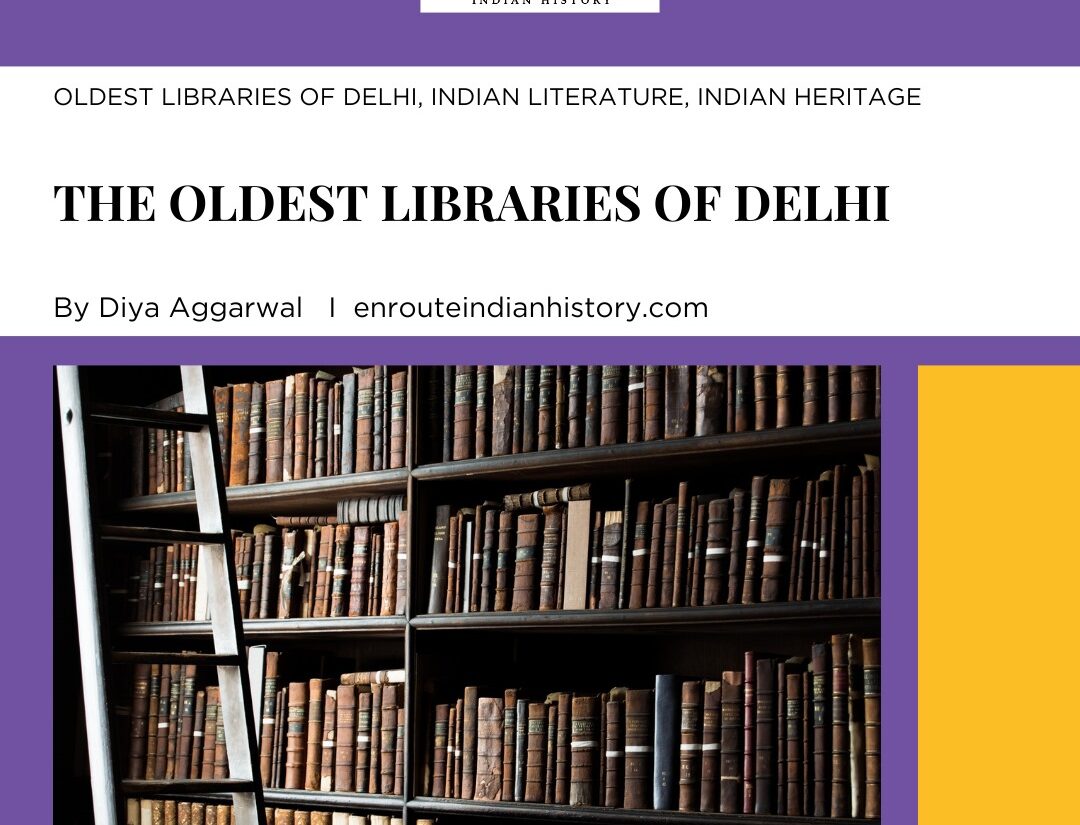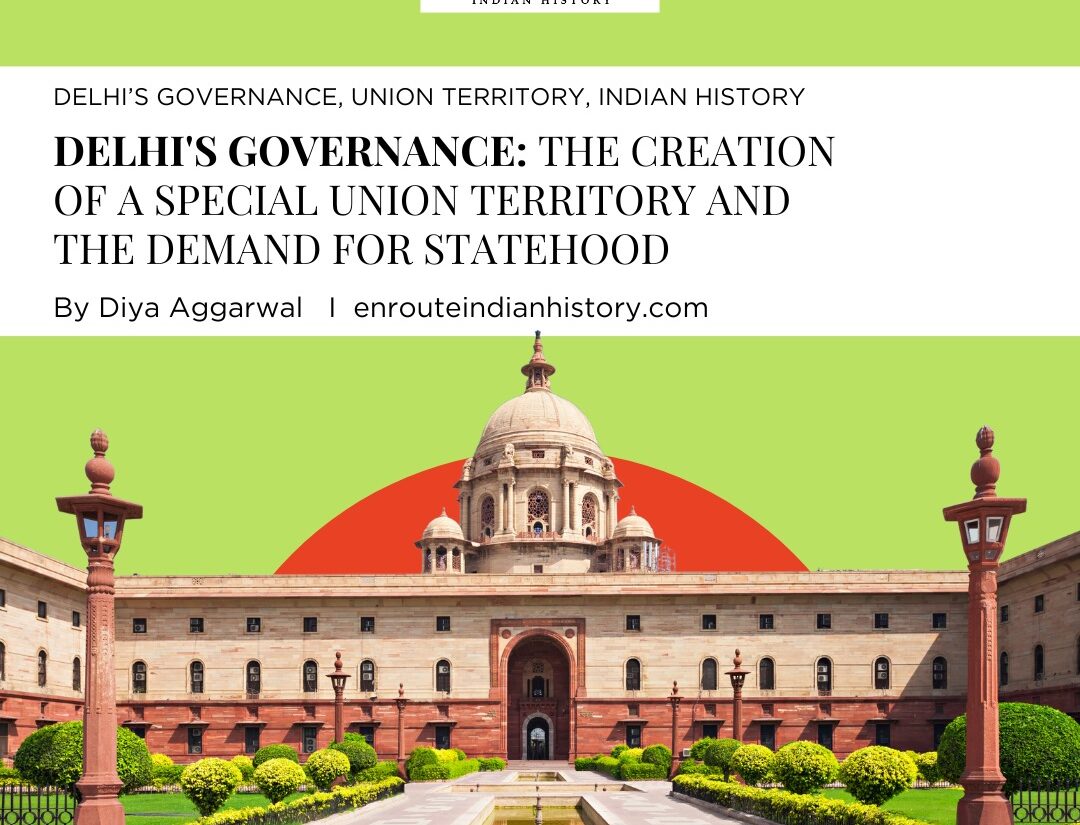
History of Khari Baoli
The culinary and cultural landscape of Mughal Delhi was greatly influenced by the presence of spices. These aromatic ingredients held a significant role in the city’s vibrant food scene and cultural traditions. The Mughal Empire, a dominant force in India from the 1500s to the 1700s, possessed a profound admiration for spices and skillfully integrated them into their culinary practices. With the relocation of the Mughal Empire’s capital to Delhi, the use of spices gained more prominence as a fundamental component in the dietary habits of the royal family. This culinary preference was driven by the need to acclimatize to the challenges posed by the highly polluted content of the Yamuna River’s water supply. Mughal paintings often depicted scenes of lavish banquets, culinary activities, and the meticulous process of food preparation, highlighting the significant role of spices within Mughal cultural practices. The spice business was a significant factor contributing to the trade surplus between nations. According to Shama Mitra Chenoy, Delhi quickly emerged as a pivotal location for commercial activities and interactions, facilitating the movement of products from the northwest to the eastern, southern, and southwestern regions of the nation. Khari Baoli, which has emerged as the biggest spice market in Asia, is a notable example of a spice market that originated during the Mughal era. In its early years, Khari Baoli did not function as a spice bazaar. Indeed, the structure in question was a ‘Baoli’, which is a kind of stepwell designed to contain saline water (as indicated by the term ‘Khari’, meaning salty). These step-wells had the dual goal of providing bathing facilities and functioning as water reservoirs.

A feast during the Mughal period
In his scholarly work titled “Dilli-Ke-Aasar-E-Qadeema,” Khaliq Anjum discusses the establishment of khari baoli by Khwaja Abdul Shahr Lawar Qureshi in the first year of Salim Shah’s reign, who was the son of Sher Shah Suri. In the year of hijra 958 AH, or 1551 CE, its construction was finished. Additionally, the presence of Arabic inscriptions on the walls and doors of the baoli is also documented. Sir Syed Ahmed Khan also documented these inscriptions in his scholarly publication, Asar-us-Sanadid. The construction of the Fatehpuri mosque, situated at the western end of Chandni Chowk, was undertaken in 1605 by Fatehpuri Begum, who had the esteemed position of one of Shahjahan’s wives. A commercial marketplace developed in the vicinity of the Fatehpuri Masjid and Lahori Darwaza, serving as a hub for the wholesale trade of grains and Indian spices. According to François Bernier, the city of Delhi is characterized by the presence of businesses that mostly display containers of oil or butter, as well as stacks of baskets with a diverse range of grains like rice, barley, chickpeas, wheat, pulses, and several other types of spices. The shops of Baniyas in Delhi were more numerous compared to other establishments selling high-quality merchandise. Numerous Jain, Punjabi, and Hindu merchants, in addition to Muslim merchants, established their presence inside the alleys of Shahjahanabad throughout the respective ruling period.
A well dwelling with the spice trade
Currently, Khari Baoli stands as a vibrant thoroughfare inside the historic district of Old Delhi. A diverse range of establishments may be found, including spice mills, pickle vendors, dried fruit retailers, herbal stores, and even grain merchants. Sainath Traders is a long-standing mill with a history spanning 70 years. The establishment offers a diverse assortment of spice blends tailored specifically for distinct culinary traditions, like chana masala, pav bhaji masala, rajma masala, and others. The surrounding atmosphere is permeated with the aromatic scents of chili and turmeric. Some merchants and enterprises are now being managed by individuals belonging to the ninth generation, with a lineage as ancient as that of the spice market itself. Khari Baoli serves as a prominent resource for Indian exporters and spice enterprises, who rely on its offerings of high-quality spices that are then distributed to a diverse international market.

The Facade of Gadodia Market (self-clicked)
Gadodia Market: Heart of Khari Baoli
The Gadodia Market serves as the fundamental infrastructure of the Khari Baoli spice market. The market constructed in the 1920s was attributed to the affluent merchant Seth Lakshmi Narayan Gadodia, who is often referred to as Seth Gadodia. According to a person employed at one of the spice businesses, it may be said that this particular wholesale market is, in fact, the greatest supplier of whole spices, often referred to as Saabut Masaale. In this locality, each establishment is equipped with a large and ancient weighing apparatus. The marketplace attracts a multitude of consumers seeking favorable bargains, alongside sellers hailing from regions like Rajasthan, Madhya Pradesh, Jammu and Kashmir, and several other states.
In Khari Baoli, the majority of establishments primarily exhibit and sell ground and powdered spices. However, for a more comprehensive understanding of the packaging and transportation processes of these spices on a bigger scale, one may find it beneficial to explore the Gadodia market. The Gadodia Market is characterized by a prominent and captivating feature, namely a splendid mansion from the colonial period. This architectural gem has undergone a complete transformation, currently serving as a fully functional warehouse where sacks of spices or nuts are stacked in an organized manner and efficiently transported by diligent personnel to various locations within the premises. However, despite the chaotic circumstances, the architectural features of the structure, particularly the historical window patterns, continue to captivate those with a keen interest in history and a deep appreciation for art.

Lanes of Khari Baoli (self-clicked)
The urban environment is consistently filled with commotion and activity reminiscent of a bustling marketplace, where merchants are always occupied and leave little room for idleness. This perpetual state of affairs sometimes poses challenges for us in capturing and documenting their narratives. Notwithstanding this, individuals develop a sense of affinity towards this location due to the exceptional nature of the experiences it provides. These experiences encompass managing one’s daily affairs and business objectives, negotiating advantageous transactions with local merchants, and engaging in polite interactions with individuals using the traditional dialect of purani dilli. The Khari baoli spice market thus represents an amalgamation of everyday challenges and a neglected historical narrative.
Bibliography
- Nadeem Rezavi, Syed A. “MERCANTILE LIFE IN MUGHAL INDIA.” Proceedings of the Indian History Congress, vol. 65, pp. 277-303, https://doi.org/44144742. Accessed 7 Oct. 2023.
- K̲h̲ān, Sayyid Aḥmad. Asār-us-Sanadīd. 2018.
- Anjum, Khaliq. Dilli-ke-Aasar-e- Qadeema. 1988.
- Chenoy, Shama Mitra. Shahjahanabad, a City of Delhi, 1638-1857. Munshiram Manoharlal, 1998.
Images reference
https://openthemagazine.com/columns/the-spice-route-2/
https://www.theheritagelab.in/mughal-recipe-history/
https://shahjahanabad.eheritageproject.in/fatehpuri-market/
https://onthegrid.city/new-delhi/old-delhi/gadodia-market























